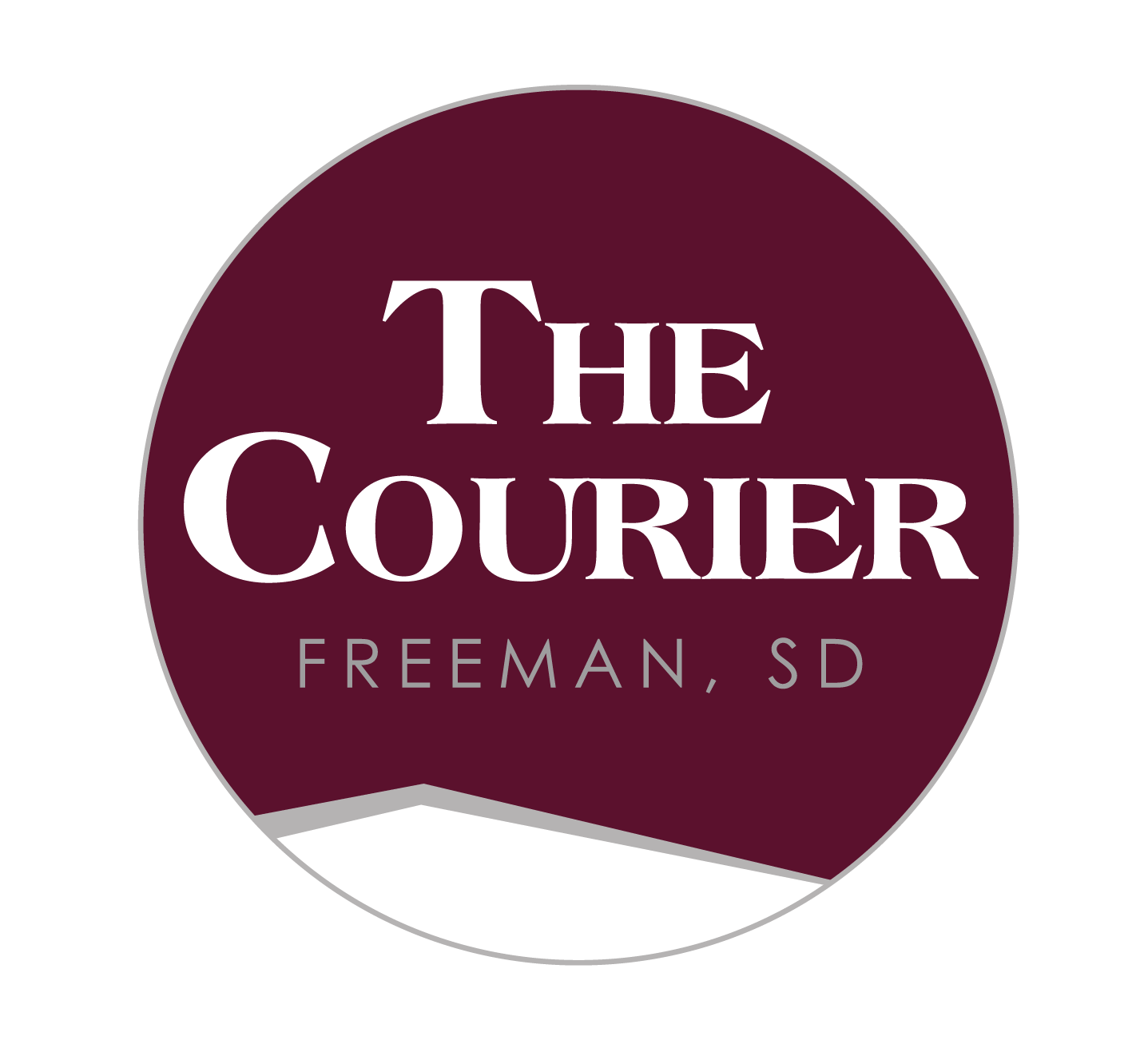FREEMAN BOARD VOTES 3-2 TO OVERRULE ADMINISTRATION
JEREMY WALTNER – PUBLISHER
Less than a week after administration at Freeman Public Schools issued a mandate requiring students in grades 6-12 — as well as staff — to wear face coverings in the hallways in-between classes, the Freeman Public School Board voted 3-2 to rebuke that requirement.
Meeting in special session Thursday night, Aug. 27, the majority of the board voted not to give Superintendent Kevin Kunz the authority he exercised the weekend before, when he notified students and parents of the new mask requirement beginning Monday, Aug. 24. Instead, the board approved a motion in support of the three-tiered back-to-school plan it acknowledged at its regular monthly meeting on Aug. 10.
Freeman Public is currently in Tier 1 (green), which strongly encourages the use of face coverings as opposed to mandating the use of face coverings.
Tier 2 (yellow) would trigger the requirement of masks when a case or cases of COVID-19 has been confirmed in the building.
Tier 3 (red) means extensive cases and would shut down classroom instruction.
Even with last week’s board action, teachers are still allowed to require masks in their classroom on an individual basis.
Board members who voted to restrict administrative decisions that vary from the plan acknowledged by the board were Cody Fransen, Mark Miller and Kyle Weier. Board members who voted against the action were Slade Ammann and Corey Gall because they felt it limits the flexibility afforded district administration.
The special meeting was called after board members and administration received phone calls from some who were upset that masks were being required in the hallways.
“What was the reasoning for (the change)?” board president Kyle Weier asked. “Why did we all of a sudden implement it without numbers skyrocketing?”
Board member Mark Miller also took exception with the administrative action.
“I think where things fell down was that we had this plan going forward with the green, yellow, red,” he said. “The policy got stepped on. A lot of people felt, ‘What are they doing,’ because there was no support from the board. There was nothing talked about. This just got mandated.
“Administration stepped outside of the board and our decision.”
Miller also said he was told by a representative with the Associated School Boards of South Dakota that the plan acknowledged by the board on Aug. 10 should have been board policy, and that the board should have more say when it comes to the response to COVID-19. It was suggested that a committee of two board members work hand-in-hand with the administration as decisions need to be made going forward.
Board member Cody Fransen agreed.
“What’s the next thing that’s going to up and change without us as a board having a say and being able to talk about it?” he asked.
But that line between board action and administrative decisions caused dissent in the room as some felt like administration should have the authority to make day-to-day decisions, especially when they arise quickly.
Kunz said the board can’t meet in special session everytime something comes up.
“We’re going to be here for two hours at a time, four or five nights a week,” he said. “Hopefully you trust us enough to do our research and make some decisions on our own.”
“We hire those people because we have faith in them,” board member Slade Ammann said. “It’s going to be the longest school year in the history of the world if we second guess everything. I think that we hired the right people; let’s let them do their job.”
Shane Voss, K-5 principal, warned the board against interfering too much with the day-to- day operations of the school.
“I’ve been doing this 28 years,” he said. “You’re really entering a slippery slope when you want to start adding two board members to the day-to-day operations of the school. You’re really cutting off the legs of the superintendent. The board has an adopted policy that states that the superintendent is supposed to look out for the well-being of our children and our staff. Once you go down this road, where does it stop?
“There’s a reason he’s the highest paid employee in our district,” he said. “If you don’t trust him, you better find a different superintendent.”
In the end, after more than two hours of discussion about plan versus policy and board action versus administrative decisions, the board cast its 3-2 vote to follow the three-tiered plan put in place, which gives the superintendent the authority to require masks only if there’s a COVID-19 case or cases reported in the building.

